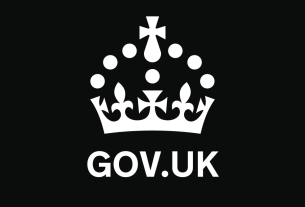By Samantha Jennings, freelance writer.
A significant part of running any business lies in managing a wide range of risks. From fire safety to data management, it can seem like a lot to handle at times. One of the most elemental areas that needs to be taken care of is water safety.
Business owners in a wide variety of scenarios have a legal duty to provide their employees and customers with access to clean, reliable sources of water. Failure to do so can result in serious legal action, in addition to irreparable damage to the brand. Let’s explore what it actually looks like to maintain water safety in businesses in a little more detail.
What are some water safety risks?
While we’re used to being able to access clean water in most places we go nowadays, this shouldn’t be taken for granted. This high standard is only achieved as a result of intense regulation, and the work of multiple different agencies.
Water can carry a wide range of bacteria and viruses, some of which can be fatal. It takes an ongoing effort to ensure that these risks are managed appropriately and that they don’t come to represent a hazard for employees or clients.
Why does it matter?
First of all, it’s important to note that under The Workplace (Health, Safety and Welfare) Regulations 1992, business owners have a legal responsibility to provide access to wholesome drinking water to all persons in the workplace.
Providing safe access to water isn’t some nice afterthought or employee perk – it’s necessary in order to comply with the law. Should an outbreak of a disease or infection occur and it be deemed that adequate care was not taken, the responsible individuals could face serious legal repercussions.
How to maintain water safety
Maintaining water safety in the workplace isn’t particularly difficult, as long as you take care to put certain procedures in place. Importantly, these include having water risk assessments carried out and creating a water safety plan.
It’s likely that you’ll need to seek assistance from an external provider to help you implement these protocols; water risk assessments are highly specialised- , and often require access to special tools for testing environmental conditions.
Training and internal responsibility
As part of your approach to water safety, you will likely need to assign responsible persons and provide training on some of the risks to be aware of, in particular the risks posed by Legionnaires’ disease.
As with any form of complex risk management, it’s important that there’s a clear assignment of responsibility, to ensure that nothing inadvertently slips through the gaps. Not only is this practically necessary, but it is also a regulatory requirement in many instances.
Hopefully, this article has highlighted the importance of maintaining water safety in your business and provided you with some insight into how best you might go about doing that. It’s important to seek assistance from an experienced and qualified water hygiene provider, to ensure that you’re ticking all the boxes you need to be taking care of.



